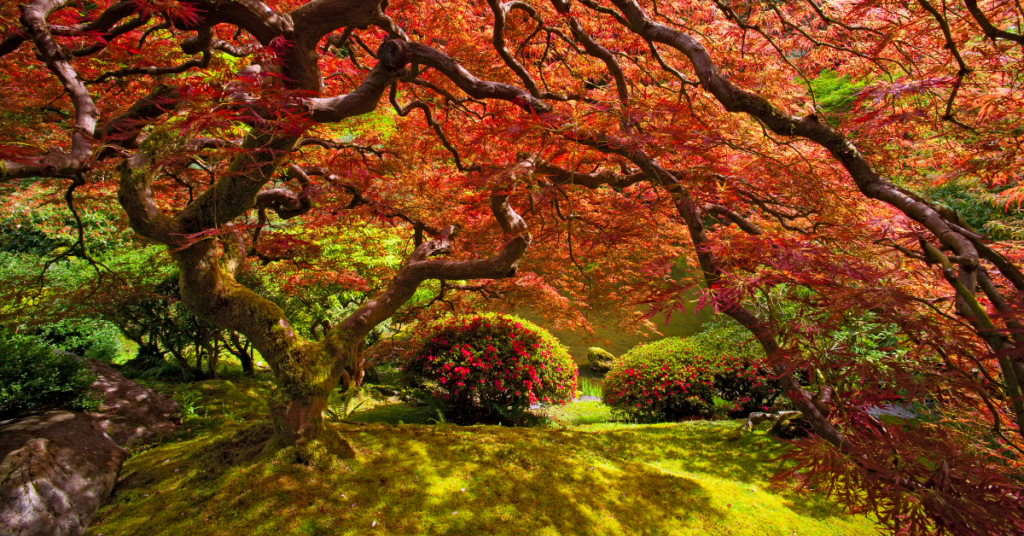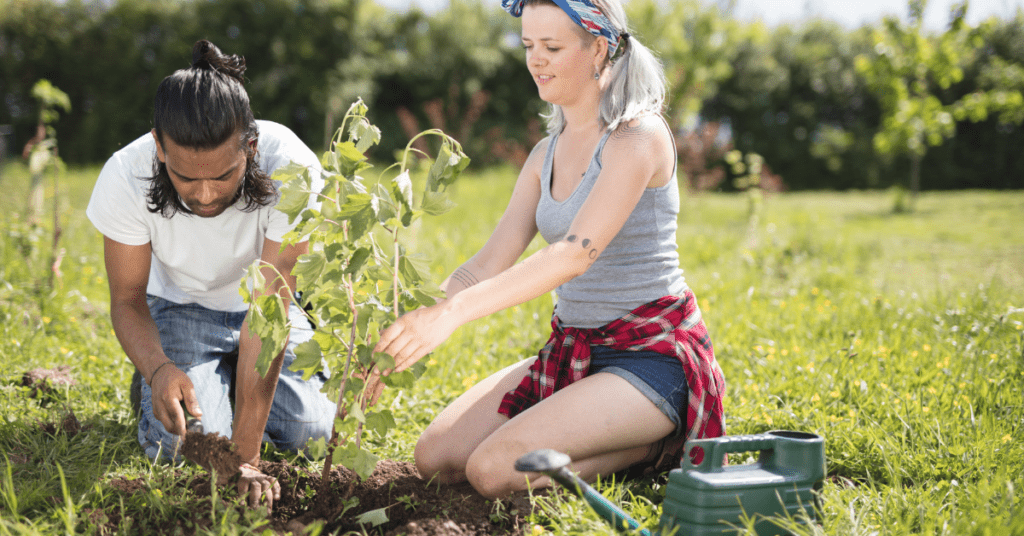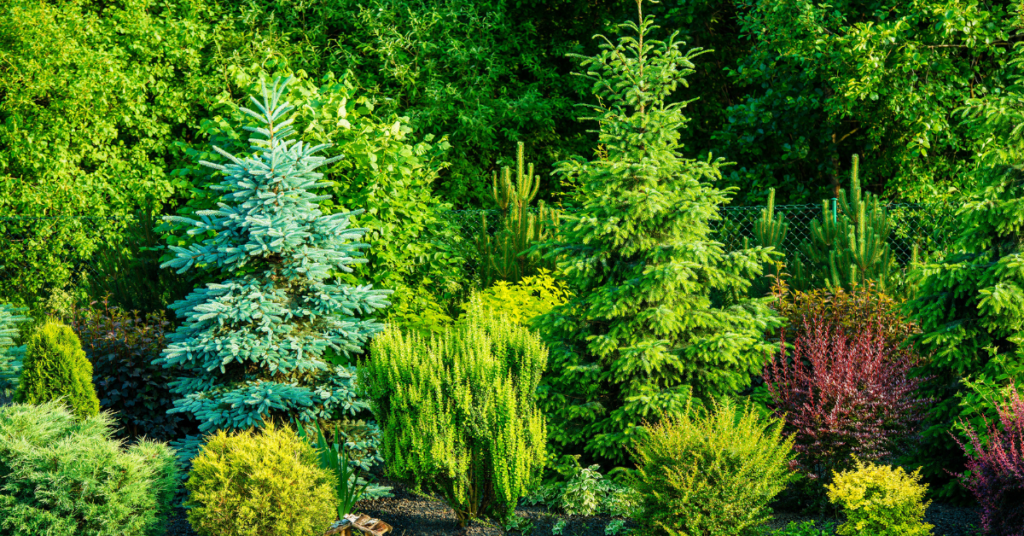Trees contribute to the beauty and health of space, but it’s important to maintain them properly. The type of tree you have, as well as its location, age, and condition, all require specific care. Even if you aren’t a tree expert, here are the basics on how to properly maintain each variety of trees you may have or come across.
How Can You Choose the Right Tree for Your Landscaping?
Whether you’re looking for ornamental trees in your front yard, shade trees for a park, or shelterbelt trees for a field, choosing the right tree matters. Before making a selection, consider your environment, the purpose of the tree, and whether the species is suited to the local soil and climate.

What Maintenance Does an Evergreen Tree Need?
Whether you’re looking for ornamental trees in your front yard, shade trees for a park, or shelterbelt trees for a field, choosing the right tree matters. Before making a selection, consider your environment, the purpose of the tree, and whether the species is suited to the local soil and climate.
Evergreen trees like spruce, pine, and juniper have special maintenance requirements as they are ever-growing and evergreen trees need more frequent pruning than deciduous trees. Understanding the difference between regular trimming and pruning can also help keep their branches from overgrowing and blocking sunlight. In addition to pruning, fertilizing evergreens will help keep them healthy.
What is the Best Way to Care for a Maple Tree?
If you’re fortunate enough to have maple trees in your landscape, the best way to care for them is to provide plenty of water during the growing season, especially during periods of drought. Mulching around the tree can also help keep its roots cool and moist. Regular pruning should be done once or twice a year to remove dead or damaged branches so that the tree can focus energy and resources on healthy growth.

How Do You Prune an Oak Tree?
Oaks are often slow-growing but long-living trees, so proper pruning, a practice you can learn more about here, is essential for keeping them healthy. When caring for an oak tree, it’s best to prune only small branches at a time, starting at the base of the tree. Make sure you’re using sharp equipment, such as shears, saws, and loppers, to avoid damaging the tree.
How Should You Care for a Palm Tree?
Palm trees require regular maintenance if you want them to stay healthy and look aesthetically pleasing. Pruning should be done every few months, as palms naturally grow quickly. It’s also important to water palms frequently and avoid overwatering as this can lead to root rot and other diseases. Fertilizing with potassium and nitrogen is necessary for growth but can also burn the leaves if you apply too much.
How Should You Take Care of Fruit Trees?
Fruit trees take a bit of extra maintenance in order to produce fruit. There are specific times of the year that are best for pruning fruit trees, which can be learned more about in this article. Apples, pears, cherries, and peaches all need different strategies when it comes to pruning and fertilizing, so make sure you’re doing your research before you start. During the growing season, fruit trees need lots of water and mulch. Also, prune back any diseased or weak branches in the early spring to promote vigorous growth.
What to Do if Your Tree Becomes Diseased?
Diseases can affect any tree, whether it’s an evergreen, oak, palm, or fruit tree. If your tree becomes infected, it’s important to identify the cause of the problem and address it ASAP. Recognizing common signs of disease, which you can read about in this comprehensive guide, is the first step. Common signs of disease include wilting leaves, discolored foliage, or even visible pests or fungi. Once you’ve identified the disease, you can treat it with fungicide or pesticide if necessary.
What Are The Benefits of Trees?
The benefits of trees extend far beyond aesthetics; they are vital for our environment in many ways. Trees help reduce air pollution, create oxygen, reduce soil erosion, and improve soil fertility and water quality. They also provide habitat for wildlife, act as windbreaks, and are a source of food. Plus, trees are beautiful additions to any landscape.
How To Plant a Tree
When planting a new tree, there are key steps you need to follow carefully to ensure its success. First, make sure you select the right tree for your environment and prepare the soil in advance. You should also consider planting multiple trees to create a healthy ecosystem and create visual interest. Once you’ve dug the hole, place the tree in it and support it with stakes and ties. Lastly, fill in the hole with soil and water your tree thoroughly after planting.

Conclusion
With these tips in hand, you can care for each variety of trees you may encounter in your area. However, there may be times when removal is the best option, such as the situations outlined in this article about signs it might be time to remove your tree. Whether it’s an evergreen, maple, oak, palm, or fruit tree, each requires its own set of maintenance steps and precautions. Make sure to assess the tree regularly and provide the appropriate care to keep it healthy and strong. Doing so will help ensure that your trees are part of the landscape for years to come.
Looking after trees can seem overwhelming, but don’t worry! We’re here to help with our professional tree services. No matter the type or condition of your tree, we’ve got the expertise and tools to ensure its health and longevity. If you’re located in Victoria, do not hesitate to reach out to us for all your tree care needs. Our tree services in Victoria, BC offer a range of services from pruning and maintenance to disease management. Remember, a well-maintained tree not only beautifies your space but also contributes significantly to the environment. Let’s work together in keeping Victoria’s landscapes lush and healthy.


